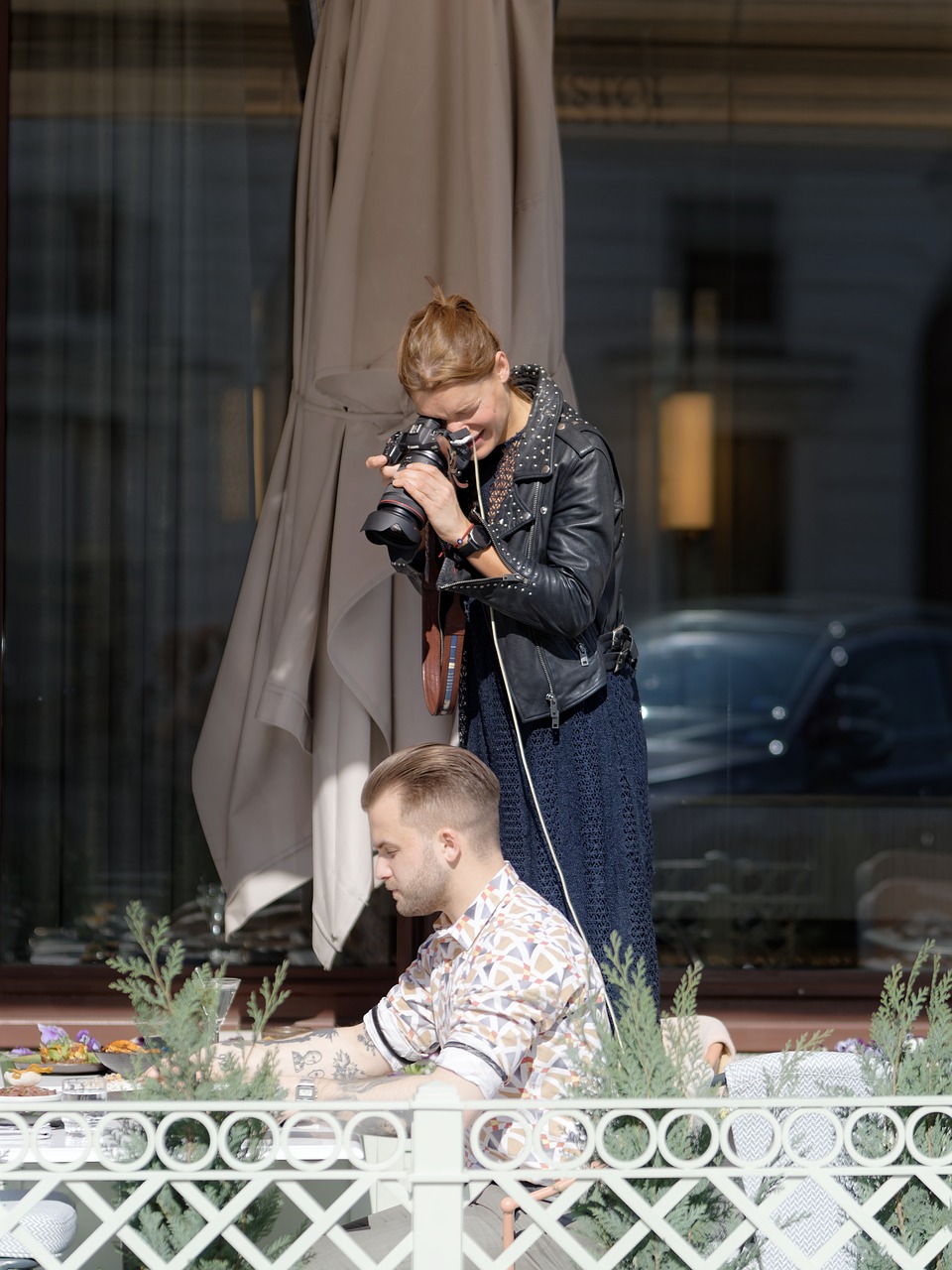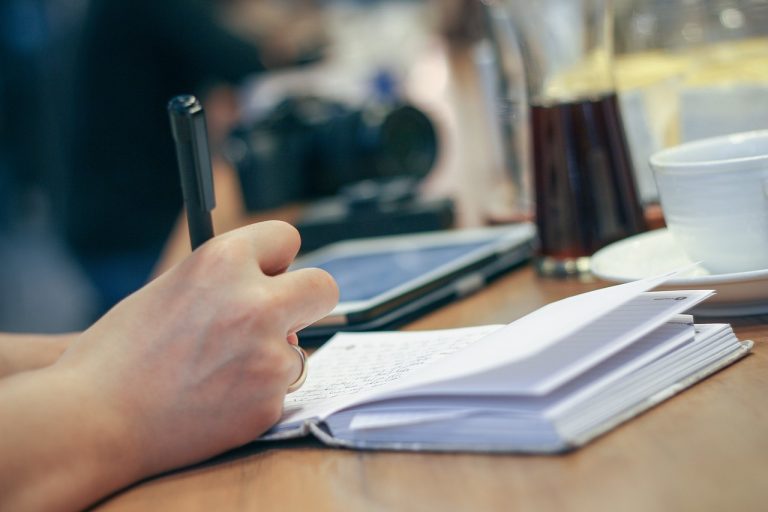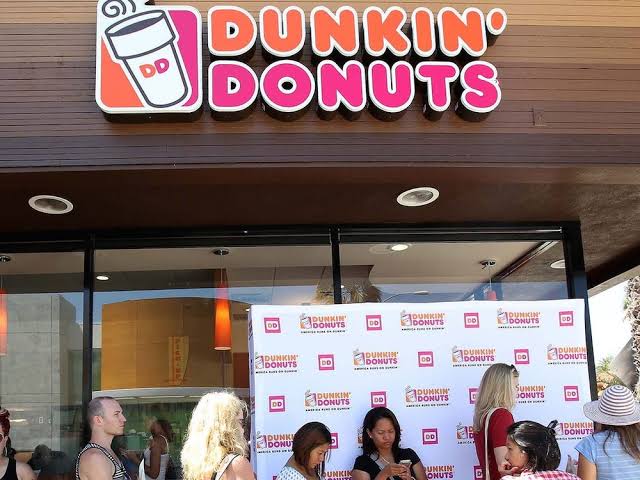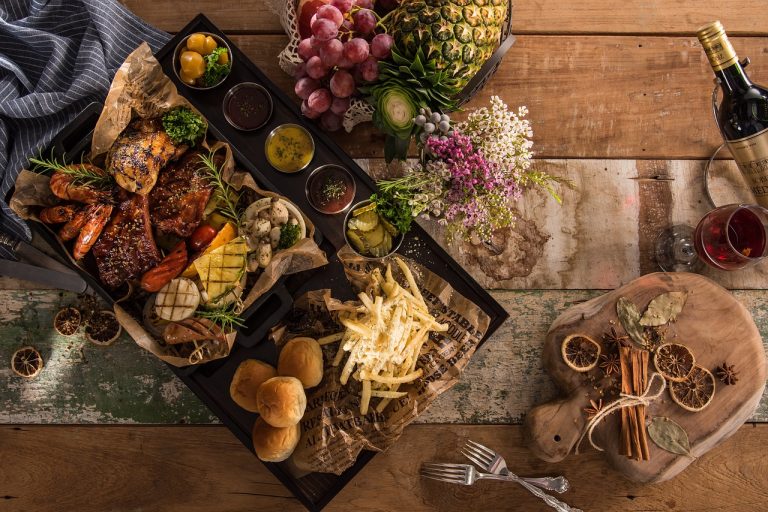How to Become a Food Photographer?: Step-by-step guide.

What is Food Photography?
Food photography is the art of capturing visually appealing images of food. It’s not just about documenting a meal; it’s about creating images that evoke emotion, stimulate appetite, and tell a story. Food photographers use their creativity and technical skills to showcase dishes, ingredients, and culinary experiences.
Why is Food Photography Important?
Food photography plays a pivotal role in today’s digital age. With the rise of food blogs, social media, and online restaurant reviews, the visual aspect of food has never been more crucial. High-quality food photos can entice potential diners, inspire home cooks, and elevate a chef’s creations. Whether you’re a professional or an enthusiast, food photography can be a rewarding and impactful pursuit.
Required Equipment
To begin your food photography journey, you’ll need some essential equipment:
- Camera: A DSLR or mirrorless camera with manual settings gives you control over your shots.
- Lenses: Invest in a macro lens for detailed close-ups and a prime lens with a wide aperture for beautiful depth of field.
- Tripod: This helps maintain stability and allows for long-exposure shots.
- Lighting: Natural light or artificial lighting setups like softboxes and diffusers are crucial for well-lit images.
- Props: Plates, utensils, and backgrounds add context and style to your shots.
- Backdrops: Choose backgrounds that complement your dishes, such as rustic wood, marble, or colored surfaces.
Essential Skills
Beyond equipment, mastering these skills is essential:
- Composition: Learn about rule of thirds, leading lines, and framing to create visually appealing compositions.
- Styling: Understand food styling techniques, such as using tweezers for precise arrangement and brushes for adding shine.
- Understanding Light: Study how light interacts with food, including soft and hard light, backlighting, and natural vs. artificial lighting.
- Camera Settings: Get comfortable with aperture, shutter speed, ISO, and white balance to control exposure and mood.
- Editing: Familiarize yourself with photo editing software like Adobe Lightroom and Photoshop to enhance and refine your images.
Building Your Food Photography Portfolio
DIY Food Styling
Food styling is a fundamental aspect of food photography. Learn how to arrange food attractively, use garnishes, and create compositions that highlight the dish’s best features.
Lighting Techniques
Experiment with different lighting setups. Natural light is fantastic for a soft, flattering look, while artificial lighting provides control over intensity and direction. Understand the importance of diffusers and reflectors in softening and bouncing light.
Composition Tips
Develop an eye for composition. Utilize techniques like leading lines, the rule of odds, and color harmony to make your photos visually engaging. Remember that a well-composed image can tell a story and evoke emotions.
The Business Side of Food Photography
Setting Your Prices
Determine your pricing strategy. Factors like your experience, location, and the scope of the project will influence your rates. Consider offering package deals for clients.
Marketing Your Services
Create a professional online presence. Build a website or portfolio to showcase your work. Utilize social media platforms like Instagram to share your portfolio and connect with potential clients.
Finding Clients
Start locally by approaching restaurants, cafes, and food bloggers. Networking in the culinary industry and attending food-related events can help you find opportunities. Consider collaborating with chefs and food stylists to expand your network.
Food Photography Editing and Post-Processing
Editing Software
Become proficient in photo editing software. Adobe Lightroom is popular for its user-friendly interface and powerful editing tools. Adobe Photoshop is ideal for advanced retouching and manipulation.
Retouching and Enhancing
Learn retouching techniques to remove imperfections and enhance food’s natural beauty. Adjust color balance, contrast, and sharpness while maintaining a natural look.
Maintaining a Consistent Style
Develop your unique editing style. Consistency in your editing process creates a recognizable brand and sets you apart in the competitive world of food photography.
Showcasing Your Work
Creating an Online Portfolio
Build an impressive online portfolio to display your best work. Include a variety of dishes and styles to demonstrate your versatility.
Utilizing Social Media
Leverage social media platforms, especially Instagram and Pinterest, to share your work. Use relevant hashtags to reach a broader audience and engage with your followers.
Networking in the Food Industry
Attend food-related events, join food photography groups, and collaborate with chefs, food stylists, and fellow photographers. Networking can lead to exciting projects and valuable connections.
Legal Considerations for Food Photographers
Copyright and Licensing
Understand copyright laws. Specify usage rights and licensing agreements with clients to protect your work.
Model Releases
When photographing people, especially in commercial settings, obtain model releases to use their likeness in your photos legally.
Food Safety Regulations
Be aware of food safety regulations when working with edible props. Maintain hygiene and safety standards to ensure the food remains safe for consumption after the photoshoot.
Challenges and Tips for Success
Handling Difficult Foods
Some foods are more challenging to photograph than others. Experiment with various techniques to capture the essence of tricky dishes.
Working with Restaurants
Build good relationships with restaurants and chefs. Effective communication and collaboration can lead to exciting projects.
Staying Inspired and Creative
Stay inspired by exploring different cuisines, attending food events, and following food trends. Continually challenge yourself to think creatively and try new approaches.
Conclusion
Pursuing Your Passion
Becoming a food photographer is a journey that combines artistry and technical skill. Whether you aspire to photograph dishes for top restaurants or share your culinary adventures online, the path is rewarding.
Continuing Your Food Photography Journey
Keep learning, practicing, and experimenting. Your unique perspective and style will evolve over time. Embrace the joy of capturing the beauty of food and sharing it with the world through your lens.
How much money does a food photographer make
The earnings of a food photographer can vary widely, ranging from several hundred dollars for small projects to several thousand dollars or more for larger commercial campaigns or ongoing work with high-profile clients. There isn’t a fixed dollar amount that applies to all food photographers, as it depends on factors like location, experience, and the specifics of each project.
As a rough estimate, entry-level food photographers might earn around $20 to $50 per hour or $100 to $500 per project. Experienced food photographers who work with commercial clients or on larger campaigns can earn significantly more, sometimes reaching several thousand dollars per day or project.
It’s important for a food photographer to determine their own pricing based on factors like their skill level, the local market, and the specific requirements of the project. Many food photographers start with lower rates when they’re building their portfolio and gradually increase their prices as they gain experience and recognition in the field.
Here are some general guidelines:
- Experience: Entry-level food photographers may earn less than experienced professionals. As you gain more experience and build a strong portfolio, you can typically command higher rates.
- Location: Earnings can vary significantly based on your location. Food photographers working in major cities with a thriving food scene may have more opportunities and higher rates than those in smaller towns.
- Type of Clients: Food photographers may work with a range of clients, including restaurants, food brands, magazines, and bloggers. Commercial clients tend to pay more than editorial or personal clients.
- Rates: Rates can vary widely. Some food photographers charge per hour, while others charge per project or per image. Rates can range from a few hundred dollars for a simple project to thousands for larger, commercial campaigns.
- Volume of Work: How much work you take on can also impact your income. Some food photographers work full-time with a steady stream of clients, while others may work part-time or freelance.
- Marketing Efforts: Effective marketing and self-promotion can lead to more clients and higher-paying opportunities. Building a strong online presence, networking in the food industry, and showcasing your work can help attract clients.
- Additional Services: Some food photographers offer additional services like food styling, which can increase their earning potential.
It’s essential to research typical rates in your area and industry, considering your experience and the services you offer. Many food photographers start by charging modest fees and gradually increase their rates as they gain experience and recognition in the field.
Overall, food photography can be a lucrative career if you establish a strong reputation, continuously improve your skills, and effectively market your services to the right clients.
FAQs
1. Can I become a food photographer without formal training?
Absolutely! While formal training can be beneficial, many successful food photographers are self-taught. Dedication, practice, and continuous learning are key.
2. What camera should I use for food photography?
A DSLR or mirrorless camera with manual settings is ideal. Invest in lenses that suit your style, such as macro and prime lenses.
3. How do I create a unique editing style for my photos?
Experiment with editing techniques and find a style that resonates with you. Consistency in your editing process will help develop your unique look.
4. How can I find my first clients as a food photographer?
Start by reaching out to local restaurants, cafes, and food bloggers. Attend food-related events to network and build connections in the industry.
5. What is the most challenging aspect of food photography?
Food photography can be challenging due to the need for precise styling, lighting control, and composition. Handling difficult foods and maintaining consistency are common challenges.
Explore the world of food photography, capture culinary moments, and turn your passion into a profession.






